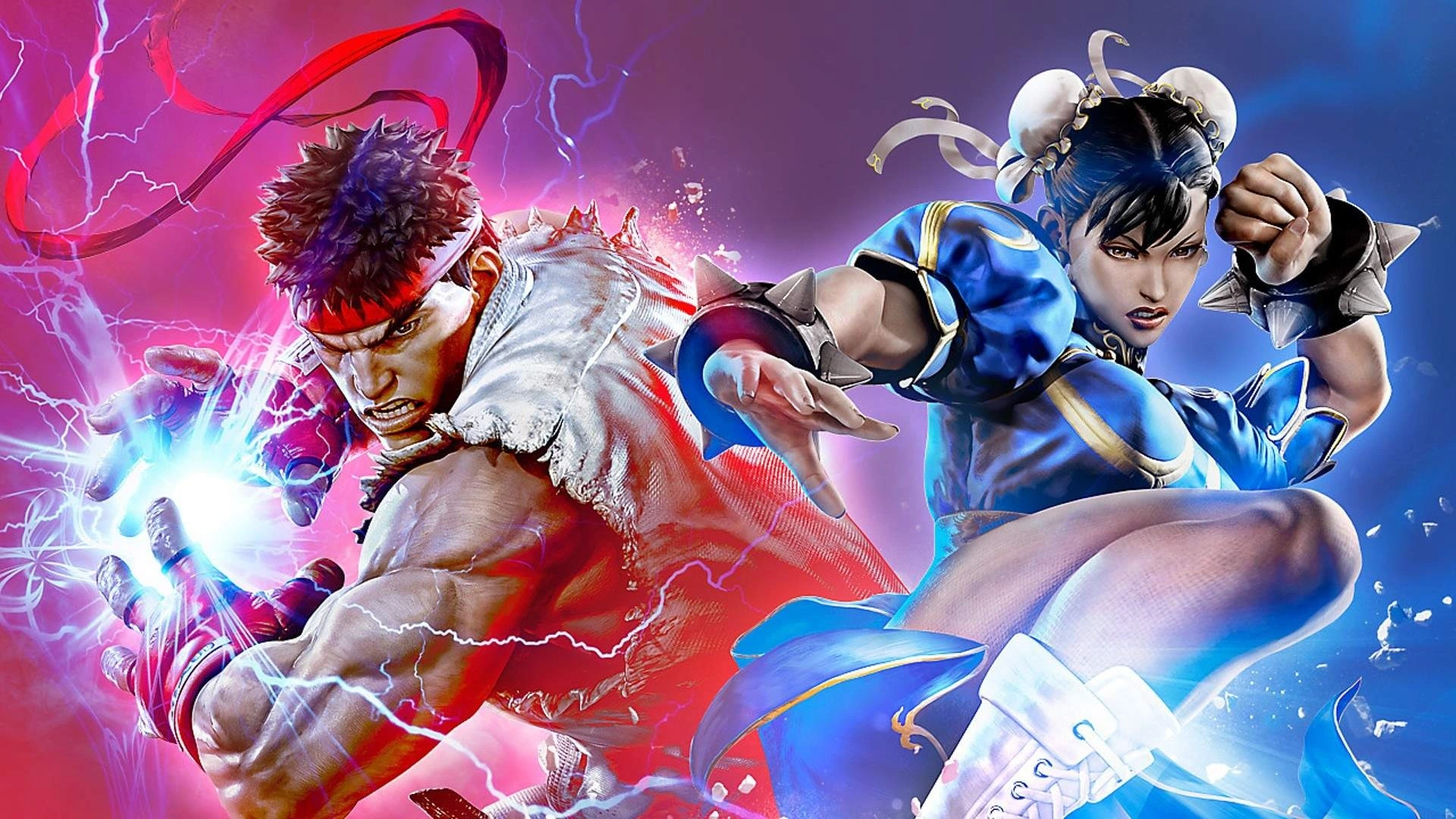Uncategorized
The Evolution of Street Fighter: From Arcades to eSports Phenomenon
The world of fighting games has witnessed a radical transformation over the decades, with “Street Fighter” standing tall as a pivotal figure in shaping the genre. Born in the arcades of the late 1980s, this franchise has not only transformed how we perceive competitive gaming but has also paved the way for eSports as we know it today. From its humble beginnings in arcades to becoming a cornerstone of eSports, the evolution of Street Fighter is a riveting story of innovation, community, and competition.
Early Days: The Rise in Arcades
The journey of Street Fighter began in 1987 with the release of the original game by Capcom. This title introduced players to a unique mechanic where competitors could throw punches and kicks while executing special moves. However, it was the release of “Street Fighter II” in 1991 that revolutionized the gaming scene. It allowed players to select from a diverse roster of characters, each with distinct fighting styles and special moves. The graphics and gameplay mechanics attracted throngs of gamers to arcades, leading to long lines and fierce rivalries. It was during this time that Street Fighter started gaining notoriety, becoming not just a game but a cultural phenomenon among gaming enthusiasts.
The Transition to Home Consoles
As technology advanced, the street fighter series began making its transition from arcades to home consoles. The early 1990s saw the release of “Street Fighter II” for the Super Nintendo, significantly broadening its reach. Eager gamers could now enjoy the title in the comfort of their homes, leading to the formation of local tournaments. These tournaments sparked the flame of competitive gaming as communities sprang up, sharing strategies and tips over video game forums and social gatherings. This laid the groundwork for the organized structure of competitive play that would emerge in later years. The growing popularity of home consoles had far-reaching implications for Street Fighter, allowing it to evolve into a staple in households around the world.
Embracing the Digital Age
The 2000s marked a significant turning point for the franchise as it entered the online realm. With the release of “Street Fighter IV” in 2009, players enjoyed the ability to compete against others worldwide. Online play not only revitalized interest in the franchise but also ushered in an era where player skill could be tested on a global scale. The game enjoyed spectacular success at major tournaments like EVO, solidifying its status in the competitive scene. Additionally, the rise of streaming platforms allowed gamers to broadcast their matches, creating a more interactive spectator experience. This harmonious blend of competition and entertainment proved instrumental in paving the way for Street Fighter as an eSports powerhouse.
The eSports Phenomenon and Community Engagement
Today, Street Fighter has cemented its status as one of the most recognizable names in the eSports sector, with an enthusiastic community actively participating in tournaments across the globe. Events like Capcom Cup further amplify the excitement, offering substantial cash prizes while showcasing the skill of top players. Besides the competitive spirit, community engagement around the game has flourished through merchandise and dedicated online stores, such as the “Street Fighter Store,” catering to an ever-evolving fandom. Here, fans can find everything from apparel to collectibles, encapsulating the rich nostalgia and ongoing legacy of the Street Fighter franchise. The interplay of community support, competitive events, and merchandise has solidified Street Fighter’s position in the eSports arena, creating a legacy that continues to grow.
A Bright Future Ahead
As we reflect on the extraordinary journey of Street Fighter from its arcade roots to its current eSports prominence, one can only imagine what the future holds. The dedication of its community, coupled with ongoing innovations in gaming technology, ensures that Street Fighter will continue to evolve, captivating both old fans and new players alike. The franchise is not merely a relic from gaming history; it is a living testament to the power of competition and community in the digital age, inspiring countless competitors to rise and challenge each other in the pursuit of skill and mastery.

